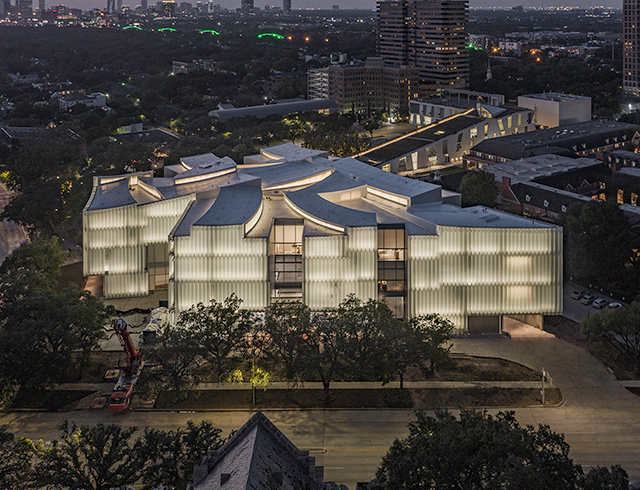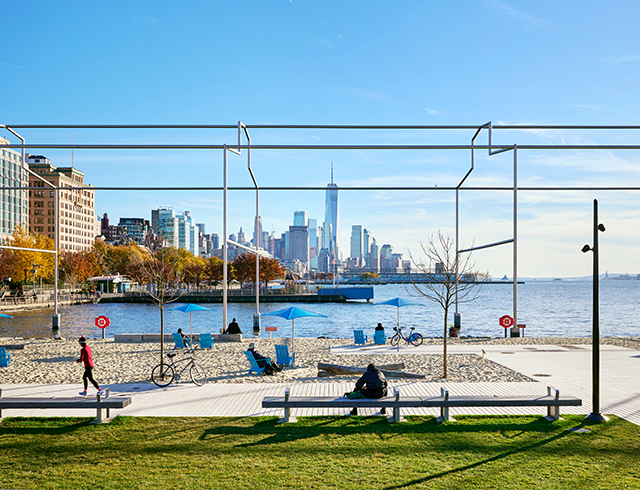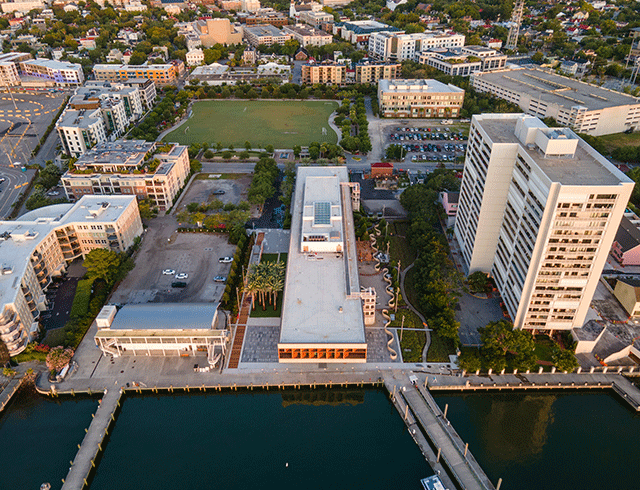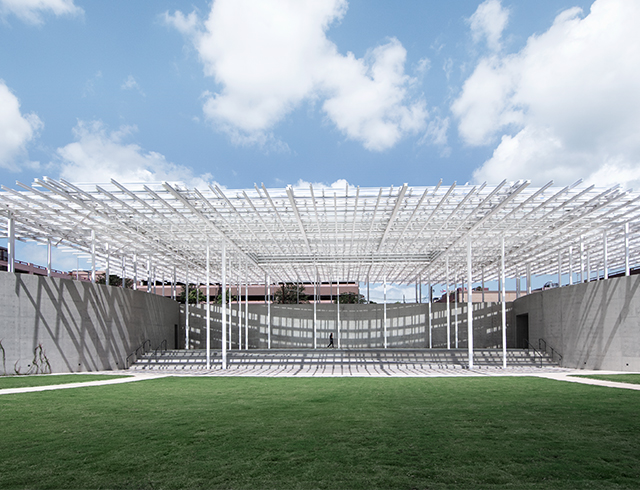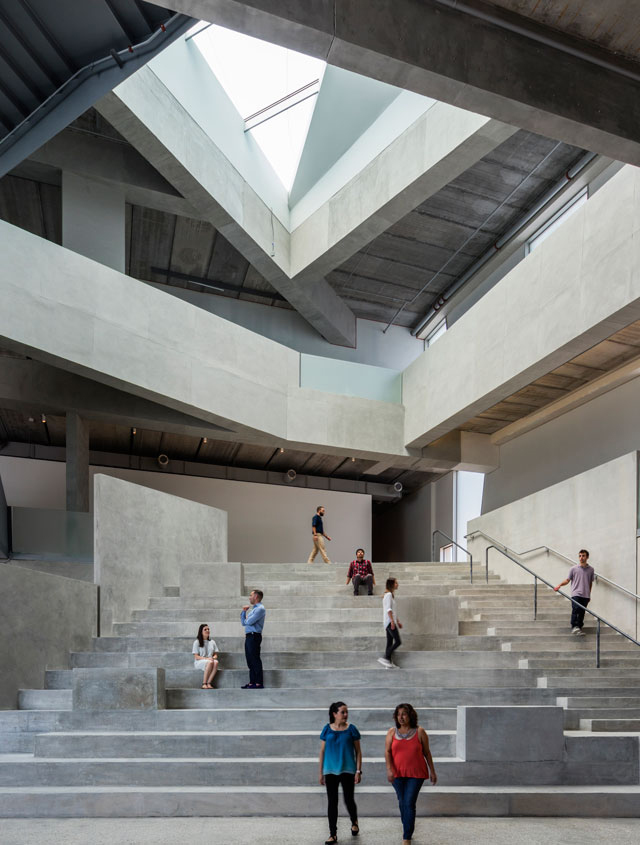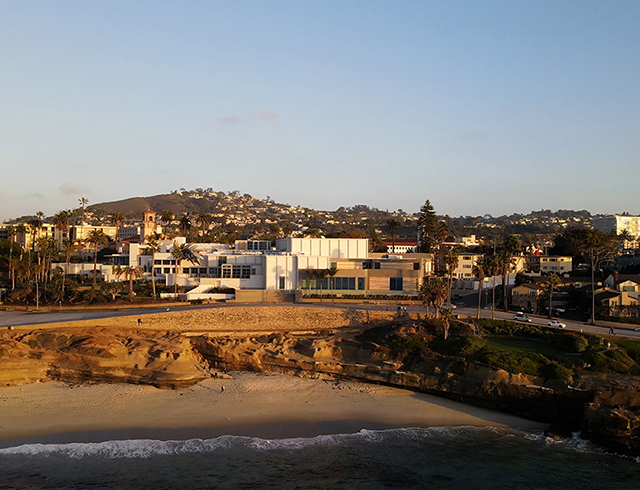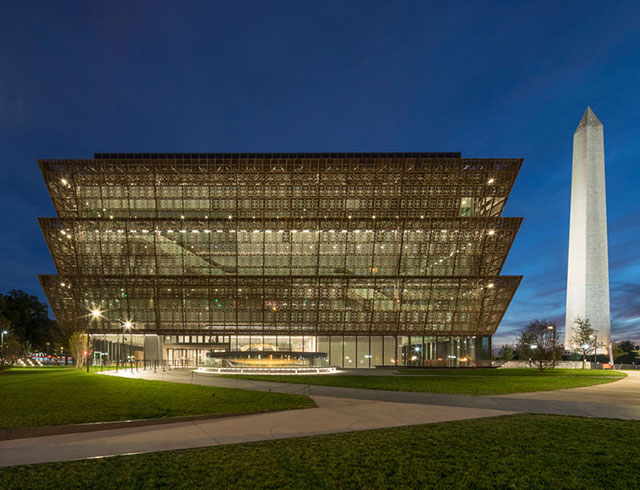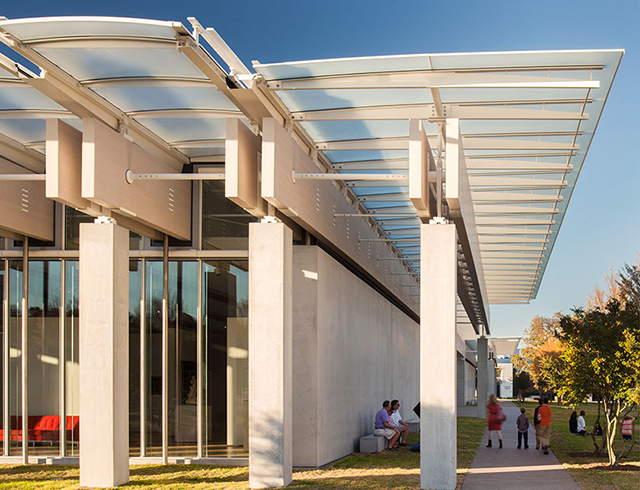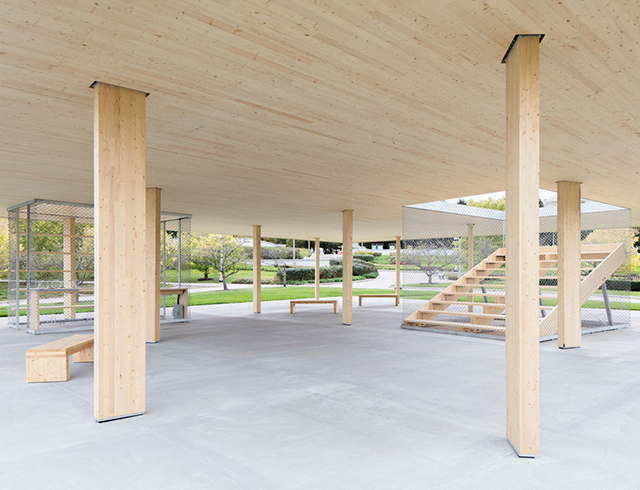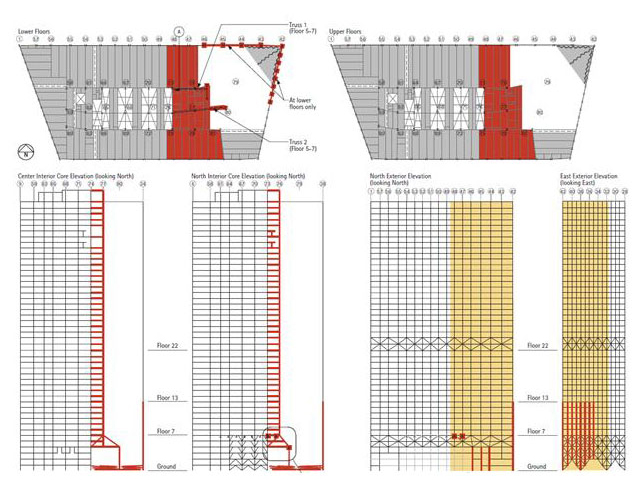Yangtze River Delta Project
2013 | Shanghai CHINA
Client Princeton-Fung Global Forum
YRDP Research Group Guy Nordenson, Catherine Seavitt, Howard Stone, Ning Lin, and Michael W. Tantala
Recent construction of a new continuous seawall at the East China Sea leaves the region dependent upon a singular flood control mechanism, despite its potential for catastrophic failure at any point along its length. The Yangtze River Delta Project was initiated as a proposal to move beyond the singular hard-infrastructural strategy of the seawall, by designing additional layers of resilient protection thorough the use of redundant soft-infrastructural systems.
Constructed linear chenier berm ridges, arrayed both on- and off-shore, help to slow surge velocity and dampen wave impact. Highways are raised atop similar linear berms, which act as both surge buffers and elevated evacuation routes. Figural earthen berms, or open polders, wrap agricultural fields, creating two overlapping curved bands across the four coastal districts. The “open polders” and chenier ridges are conceived as a decentralized, redundant, and locally managed system that is embedded in both the geological history and the agricultural landscape of the delta, and are intended to decrease the vulnerability of Shanghai to the risks of sea level rise and increased typhoon activity. The flood waters of storm surge from typhoons are slowed, captured, retained, re-absorbed, and allowed to retreat in a systematically controlled manner.






